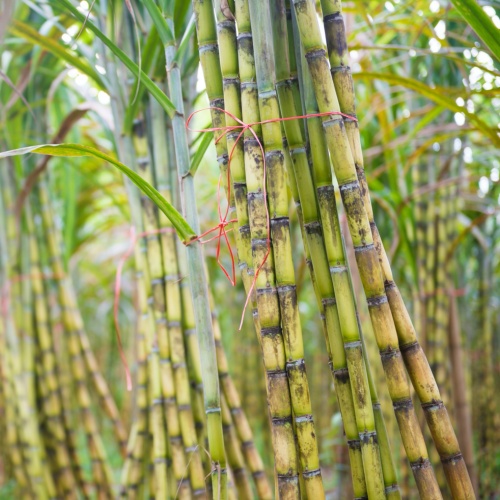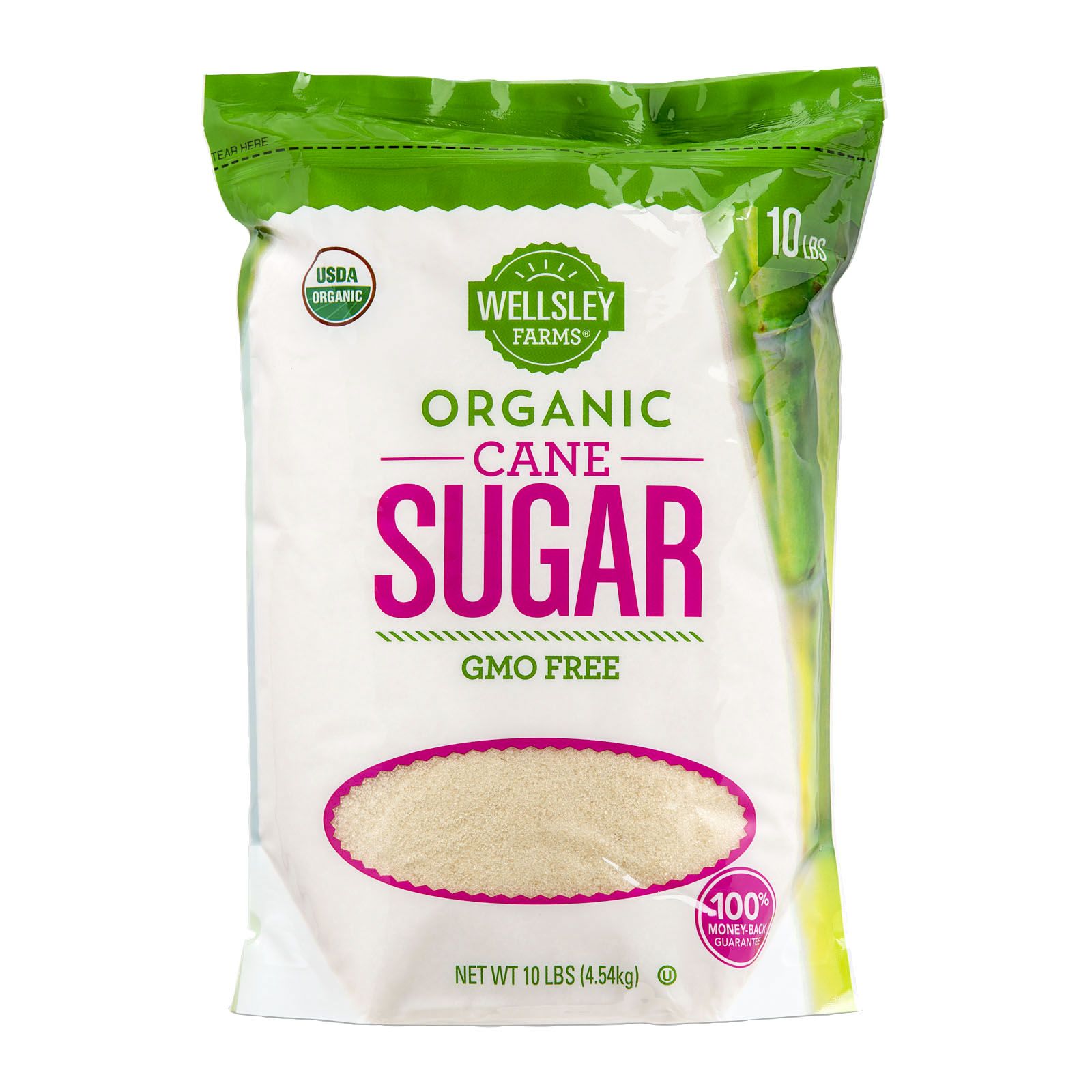Comprehending the Crucial Strategies and Technologies Used in Modern Walking Cane Sugar Handling
The development of cane sugar processing has actually been considerably shaped by the assimilation of sophisticated strategies and modern technologies that deal with both efficiency and sustainability. Enzyme-assisted removal and advanced refining methods have transformed return optimization, while automation promotes functional reliability. Additionally, the focus on lasting techniques mirrors an expanding awareness of environmental influence. As we check out these important improvements, it comes to be necessary to examine how they not just improve manufacturing however also line up with wider market trends and consumer demands, raising questions regarding the future of sugar processing and its implications for global markets.
Historical Context of Cane Sugar Handling
The historical context of walking cane sugar processing exposes an abundant tapestry of agricultural technology and cultural exchange that has shaped its advancement over centuries. The process of extracting and refining sugar got energy in India, where methods for crystallization were improved around the Sixth century.

Advanced Removal Methods
Efficiency in walking stick sugar extraction has seen considerable advancements, driven by the demand for greater returns and lower manufacturing costs. This method not only boosts sugar yield yet additionally minimizes the power required for processing.
Additionally, the fostering of membrane layer filtration innovations, such as nanofiltration and reverse osmosis, has actually transformed the splitting up of sugar from contaminations. These techniques permit the careful permeation of sugar molecules while keeping bigger contaminants, enhancing the removal process and decreasing waste.
Furthermore, the integration of constant extraction systems has led to boosted functional performance. Cane Sugar Processing. These systems keep a consistent flow of cane material, making certain optimal removal problems and minimizing downtime related to set processing
Innovative Refining Technologies
Refining methods in cane sugar processing have undertaken a transformative change, driven by the demand for higher purity and enhanced product high quality. Among the most remarkable developments is the adoption of membrane layer purification technologies, such as ultrafiltration and nanofiltration. These procedures efficiently get rid of pollutants and colorants without the demand for considerable chemical therapies, thus protecting the sugar's natural taste and improving its charm.
One more significant advancement is the usage of ion exchange materials, which enable careful elimination of unwanted ions from sugar remedies. This technology not just increases the overall pureness of the end product however likewise contributes to reduced waste and environmental influence.
Moreover, improvements in adsorption methods, using turned on carbon and various other sophisticated materials, have actually proven reliable in decolorizing sugar solutions while maintaining optimum quality. The combination of these ingenious refining technologies makes sure that producers can produce refined sugar with remarkable quality and preference, satisfying the progressing choices of customers.
Automation and Control Systems
Current developments in refining innovations have led the way for substantial enhancements in automation and control systems within walking stick sugar handling centers. These systems use advanced software application and hardware to improve functional performance, decrease human error, and ensure regular product quality.
Modern automation blog integrates numerous components, consisting of sensing units, actuators, and programmable reasoning controllers (PLCs), making it possible for real-time surveillance and control of vital processes. For example, pressure, circulation, and temperature level prices can be specifically controlled throughout removal, information, and crystallization stages, optimizing efficiency and reducing waste.
Moreover, advanced data analytics and device knowing formulas play an essential role in predictive upkeep, enabling drivers to expect devices failings before they take place. This aggressive strategy not just decreases downtime yet also expands the life-span of machinery.
Furthermore, automation assists in the execution of Industry 4.0 principles, equipping sugar mills to achieve higher connectivity and data exchange throughout procedures. Consequently, decision-making ends up being more agile and educated, eventually improving the overall competition of walking stick sugar manufacturing. With these developments, the sector is well-positioned to fulfill growing global demands while keeping functional excellence.
Sustainability Practices in Sugar Manufacturing
Sustainability methods in sugar manufacturing have actually ended up being progressively essential as the industry looks for to stabilize financial viability with ecological responsibility. As customer awareness grows concerning the ecological influences of agricultural techniques, sugar manufacturers are embracing cutting-edge methods to lower their ecological footprint.
One considerable method is the application of accuracy farming strategies, which make use of data analytics to optimize source use, such as water and fertilizers. This minimizes waste and decreases the influence on local environments. In addition, many producers are transitioning to renewable resource sources, such as biomass from sugarcane results, to power their operations, consequently reducing dependence on nonrenewable fuel sources.
Water management practices are likewise critical; rainwater harvesting and reliable watering systems aid minimize water shortage issues. Cane Sugar Processing. Furthermore, integrated pest monitoring methods reduce chemical use, promoting biodiversity and dirt health and wellness
Company social duty initiatives are pop over here emerging, with firms purchasing local neighborhoods and ensuring reasonable labor practices. By welcoming these sustainability techniques, the sugar sector not just enhances its track record yet also adds to a much more lasting agricultural landscape, paving the method for future generations.

Conclusion
In recap, contemporary cane sugar handling incorporates a variety of innovative strategies and modern technologies that significantly improve yield, sustainability, and efficiency. The adoption of cutting-edge removal and refining approaches, along with automation and control systems, facilitates enhanced functional performance and product high quality. Furthermore, the emphasis on sustainable practices underscores a dedication to minimizing ecological influence and advertising ethical production. Jointly, these developments position the cane sugar sector to fulfill contemporary demands while addressing crucial international challenges.
The evolution of walking cane sugar handling has actually been considerably formed by the integration of advanced methods and innovations that address both performance and sustainability.The historic context of walking stick sugar handling exposes an abundant tapestry of farming find here advancement and social exchange that has formed its growth over centuries. Innovations in milling and refining arised, laying the groundwork for modern walking cane sugar processing.Refining techniques in cane sugar processing have actually undertaken a transformative shift, driven by the need for higher purity and enhanced item top quality.In recap, modern-day walking cane sugar processing incorporates an array of advanced techniques and innovations that significantly boost return, sustainability, and performance.